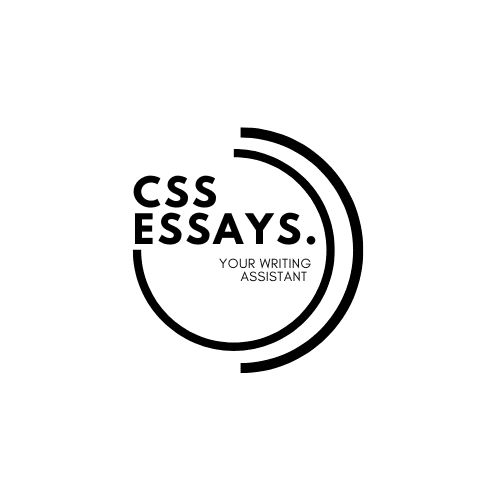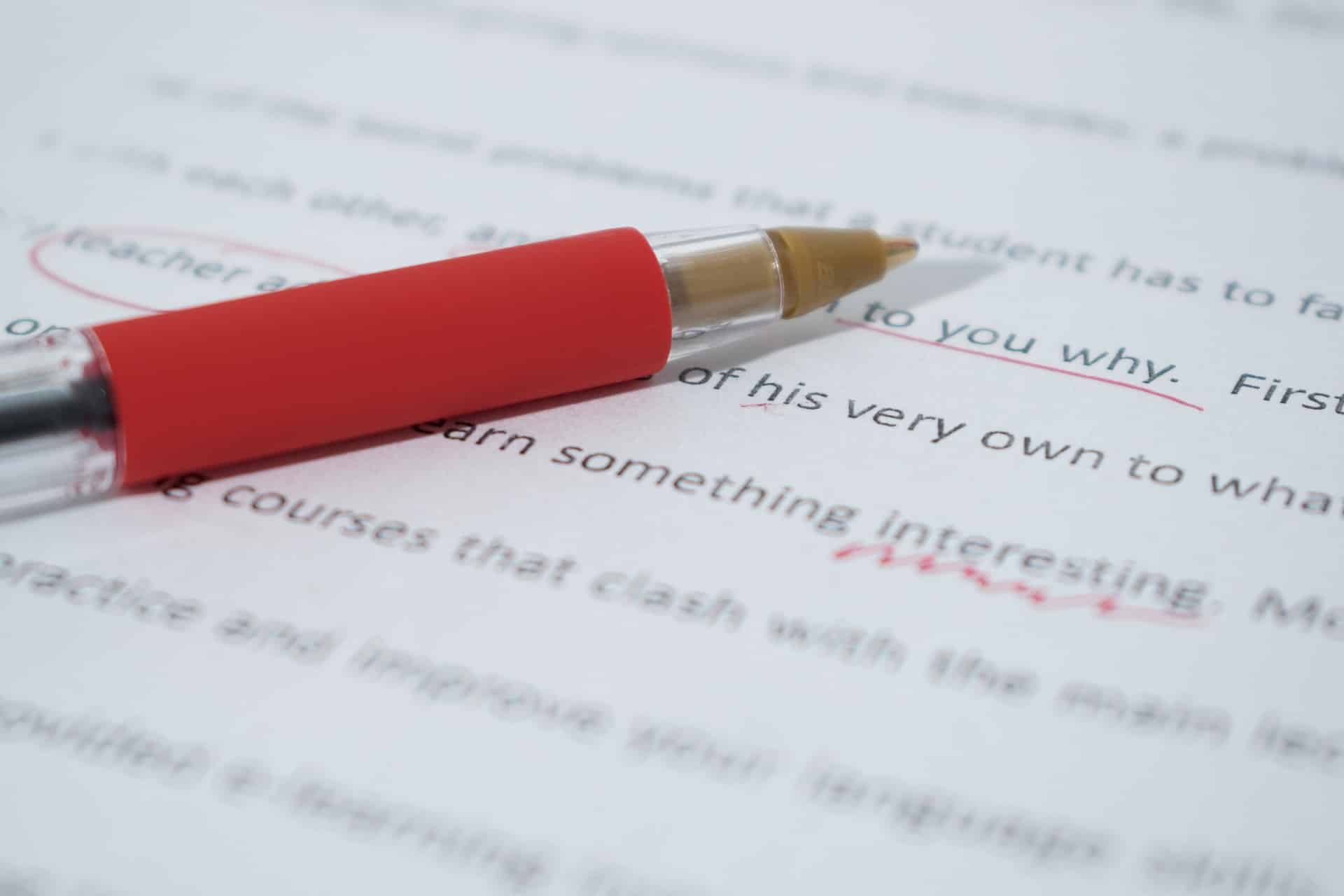Top ten common errors in essay writing:
Unsuitability for writing essays. Lack of clarity and coherence of thesis statement in essay writing.
Unorganized thoughts and arguments.
Poor research and inadequate evidence support claims.
Overuse of quotations and failure to paraphrase or summarize sources are both issues to be considered when it comes to writing research reports.
Avoiding outlining is crucial.
Failure to proofread and edit for grammar- and typo-related mistakes.
Failing to adhere to formatting and citation guidelines.
Use of vague or imprecise language and failure to define key terms.
Personal anecdotes and opinions presented without proper analysis or supporting evidence should not be overused in research papers.
Focusing too heavily on the introduction and conclusion, while neglecting to cover the rest of your essay’s body.
An outline of common essay writing mistakes:
An incoherence and clarity issue exists within the thesis statement:
The thesis statement serves as the central argument of an essay and should be clear, specific, and coherent. Otherwise, your argument can become difficult or impossible to follow.
Poorly Organized Ideas and Arguements:
An essay should have an organized introduction, body, and conclusion. Each paragraph should contain a topic sentence supporting the thesis statement; ideas and arguments should be organized logically throughout its structure.
Inadequate research and no proof to back claims:
An effective essay should provide ample evidence and examples to support its claims and arguments, without leaving an impression of being opinion-based or unsupported.
Overly-reliance on quotations and failing to paraphrase or summarize sources:
Quotations can add value to an essay, but overusing them may become distracting. Essays must also demonstrate their author’s comprehension by paraphrasing or summarizing sources used as sources.
Rejecting the importance of outlining before writing:
Outlining is an effective way for authors to organize their thoughts and ideas before writing, creating a better-structured essay.
Failure to proofread and edit for grammar- and typo-related mistakes:
Grammar errors and typos can detract from an author’s message and credibility, so all essays must be thoroughly proofread and edited prior to submission.
Lack of consideration of formatting and citation guidelines:
Essays should adhere to their chosen style (APA, MLA etc) and citations should be accurate and presented correctly.
Use of vague or imprecise language and failure to define key terms:
Essays must use clear and precise language, with key terms being defined to ensure their author’s message can be properly received by readers.
Abuse of personal anecdotes and opinions without proper analysis or supporting evidence:
Personal narratives and opinions can add value to an essay; however, they should be used sparingly and supported with data or evidence.
Focusing too heavily on the introduction and conclusion while neglecting to include sufficient discussion of the body of an essay:
Introduction and conclusion are crucial parts of an essay, but its body should provide most of the content and analysis. Neglecting this part could result in an incomplete or superficial essay.
Writing an Essay without making mistakes:
Writing an essay without mistakes requires meticulous planning and attention to detail, along with an openness to revising and editing. Here are a few steps you can take to minimize mistakes in your essay writing:
Be certain of your assignment before writing it:
Before beginning writing, make sure that you thoroughly understand all requirements of the assignment, such as topic, length and formatting guidelines as well as any special instructions from your teacher or professor.
Conduct thorough research:
Researching is crucial to providing you with accurate, relevant evidence that backs your arguments. Make sure you use reliable sources and keep meticulous notes of them all!
Create an Outline:
Outlining your essay before beginning can help organize your thoughts and ensure it flows logically with all necessary information included.
Draft a clear thesis statement:
Your thesis statement should clearly communicate your argument and the main points that support it. Be sure that your thesis statement is specific and coherent.
Use clear and concise language:
Your essay must be written using clear and direct language, without using unnecessary complex terms or jargon-filled sentence structures.
Provide Extensive Evidence:
Be sure to provide enough evidence in support of your arguments by using examples, statistics, and quotes from reliable sources as back up for your assertions.
Proofread and Edit: After you have written your essay, take the time to carefully proofread and edit it for spelling or grammatical errors, awkward phrasing or inconsistencies. Having someone else read over your work might also provide valuable outside perspective.
Utilize appropriate formatting and citation guidelines:
Be sure to abide by the appropriate formatting and citation guidelines when working on an assignment, such as using an appropriate citation style (APA, MLA etc), formatting your title page and references page correctly, and accurately citing sources throughout your essay.
By following these steps, you can minimize errors in your essay writing and craft an effective piece that’s well written, supported, and organized.
Writing Paragraphs in Essay Writing
Paragraphs are essential components of essay writing as they provide structure and organization for your ideas. Each paragraph in an essay should focus on one key theme or idea that is introduced at its start and supported throughout its length.
An effective paragraph structure should include:
Topic Sentence: (n.) The opening line or sentence that establishes or introduces the main concept or topic.
Sustaining sentences:
The body of a paragraph which expands on the topic at hand by providing supporting evidence or examples.
Conclusion Sentence (Column 3):
The final sentence in each paragraph that provides a brief recap and transitions seamlessly to the following one.
When creating paragraphs in an essay, it’s essential that they read smoothly and logically; each should build upon and lead into the next. Furthermore, an essay as a whole should follow a coherent structure with an introduction introducing its topic and thesis statement, a body consisting of main arguments and evidence, and an concluding paragraph which recaps key points and restates its thesis statement.
Final point – To keep your writing interesting and engaging, it’s key to vary the length and structure of your paragraphs to keep readers engaged with your message and focused on its delivery. Some paragraphs can be short and precise while others could be longer and more in depth. By keeping readers focused on your message through these different variations of writing paragraphs.






Thank you for this amazing work
Thanks